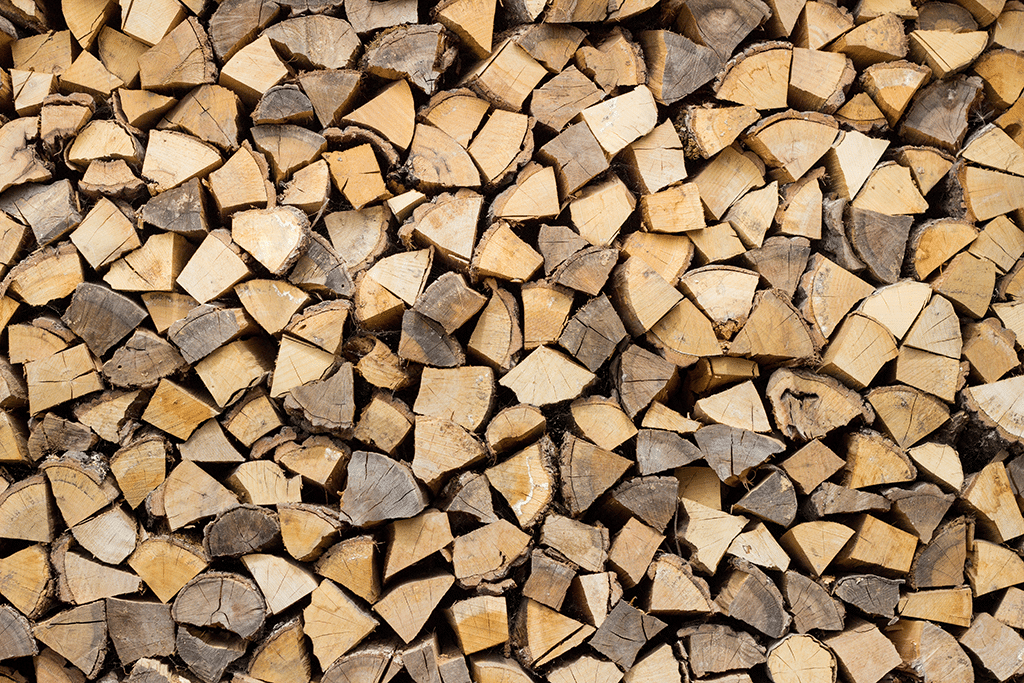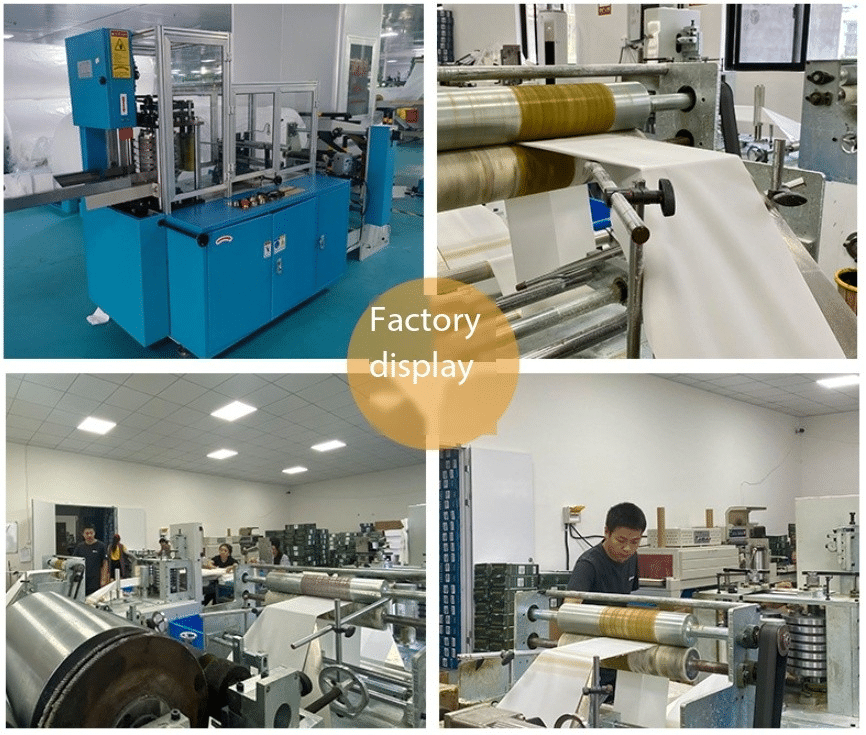

- Linen like Airlaid Napkin
What is an Airlaid Napkin Made of
- By Top Napkin
In our daily lives, paper napkins are a common item on the dining table, playing an essential role. In recent years, Airlaid Napkins have gradually become a popular choice in high-end dining establishments, thanks to their excellent absorbency, soft texture, and durability. Many may wonder: What exactly are Airlaid Napkins made of? Why is wood pulp used as the primary material? What are the differences between using high-quality virgin wood pulp and recycled wood pulp? Today, let’s dive into these questions from a material perspective.
What is an Airlaid Napkin?
First, let’s understand what an Airlaid Napkin is. In simple terms, Airlaid is a nonwoven fabric production process, where fiber materials (usually wood pulp or other natural fibers) are spread into a web using the flow of air. This web is then bonded together through heat pressing or adhesives. The key feature of this process is that it doesn’t rely on traditional papermaking methods using water, but instead uses airflow to distribute and shape the fibers, ultimately creating a product that mimics the feel of fabric.
Due to this process, Airlaid Napkins have a fabric-like texture, superior absorbency, and durability, making them the go-to choice for many high-end restaurants and hotels. These napkins not only look elegant but also offer a more comfortable, luxurious feel, and are less prone to tearing—offering a higher-quality dining experience.
Why Use Wood Pulp for Airlaid Napkins?
Wood pulp is one of the primary materials used in making Airlaid Napkins, and there are several key reasons for this:

Natural and Eco-Friendly
Wood pulp comes from natural wood sources, typically extracted from wood through chemical or mechanical methods. Compared to synthetic materials or other artificial fibers, wood pulp is more environmentally friendly and biodegradable. As many premium brands emphasize sustainability, wood pulp has become the preferred material for making Airlaid Napkins.
Good Absorbency
Wood pulp fibers naturally have excellent absorbency, which makes Airlaid Napkins made from wood pulp highly effective at soaking up liquids quickly, keeping the napkin dry and comfortable to use. Compared to other materials, wood pulp-based napkins offer superior liquid absorption, enhancing the overall dining experience.
Balance of Softness and Strength
Wood pulp fibers offer a good balance of softness and strength. They are flexible yet strong enough to prevent tearing, which is crucial for creating napkins that are both durable and pleasant to the touch. In the Airlaid process, wood pulp fibers are formed into an even web that provides sufficient strength while maintaining softness, making the napkin feel comfortable in use.
Natural Color and Texture
The natural color of wood pulp gives Airlaid Napkins a premium appearance. Compared to synthetic fibers, wood pulp napkins look more refined and natural, and their texture is closer to fabric. This makes them ideal for high-end restaurants and hotels, where both aesthetics and guest experience matter.
The Difference Between Airlaid Napkins Made from Virgin Wood Pulp and Recycled Wood Pulp
When choosing the type of wood pulp, there are differences between virgin wood pulp and recycled wood pulp, each impacting the quality, performance, and environmental aspects of the Airlaid Napkin. Let’s break down the key differences:
Virgin Wood Pulp
Virgin wood pulp refers to wood pulp that is directly extracted from trees, without any recycling or reuse of paper fibers. Airlaid Napkins made from virgin wood pulp generally have the following characteristics:
1. Better Absorbency:
Virgin wood pulp fibers are longer and more tightly structured, which allows the napkin to absorb liquid more efficiently. As a result, Airlaid Napkins made from virgin wood pulp tend to absorb liquids faster and hold more moisture, enhancing their performance.
2. Superior Softness:
Virgin wood pulp fibers are softer, making the napkin feel more luxurious and comfortable. This softness is a major factor in why high-end establishments choose virgin wood pulp for their Airlaid Napkins.
3. Higher Strength:
Virgin wood pulp fibers have higher tensile strength, which makes the napkins more durable and less likely to tear during use. This durability is important for high-quality napkins, especially in fine dining settings where guests expect a premium experience.
4. Higher Production Costs:
Since virgin wood pulp requires new wood materials and additional processing, the production cost is relatively high. This is one reason why Airlaid Napkins made from virgin wood pulp are more expensive, but also why they are favored in the luxury market.
Recycled Wood Pulp
Recycled wood pulp is made by reprocessing paper waste and other paper fibers into pulp. Airlaid Napkins made from recycled wood pulp have the following characteristics:
1. Stronger Environmental Benefits:
Recycled wood pulp has a significant environmental advantage because it reduces the need for virgin wood, conserves forests, and reduces overall paper waste. Many brands that prioritize sustainability choose recycled wood pulp for their products.
2. Slightly Lower Absorbency and Softness:
Compared to virgin wood pulp, recycled wood pulp fibers are usually shorter and more loosely structured. As a result, the absorbency and softness of Airlaid Napkins made from recycled wood pulp may not be as high as those made from virgin wood pulp.
3. Lower Production Costs:
Since recycled wood pulp is sourced from paper waste, it’s less expensive to produce. This makes Airlaid Napkins made from recycled wood pulp more affordable, which can be an attractive option for businesses that want to offer an eco-friendly product at a lower price point.
Conclusion
Airlaid Napkins are primarily made from wood pulp, and the choice of wood pulp significantly affects the quality and performance of the napkin. Virgin wood pulp offers superior absorbency, softness, and strength, making it the preferred material for high-end Airlaid Napkins, although it comes with higher production costs. Recycled wood pulp, on the other hand, is an environmentally friendly option that lowers production costs, but it may not match virgin wood pulp in terms of absorbency and feel.
When choosing Airlaid Napkins, brands can consider their priorities—whether it’s offering the highest quality experience or focusing on sustainability and cost-effectiveness. Ultimately, the choice of wood pulp determines the final product’s performance, making it an important factor in the production of premium and eco-conscious napkins.
Related Posts


